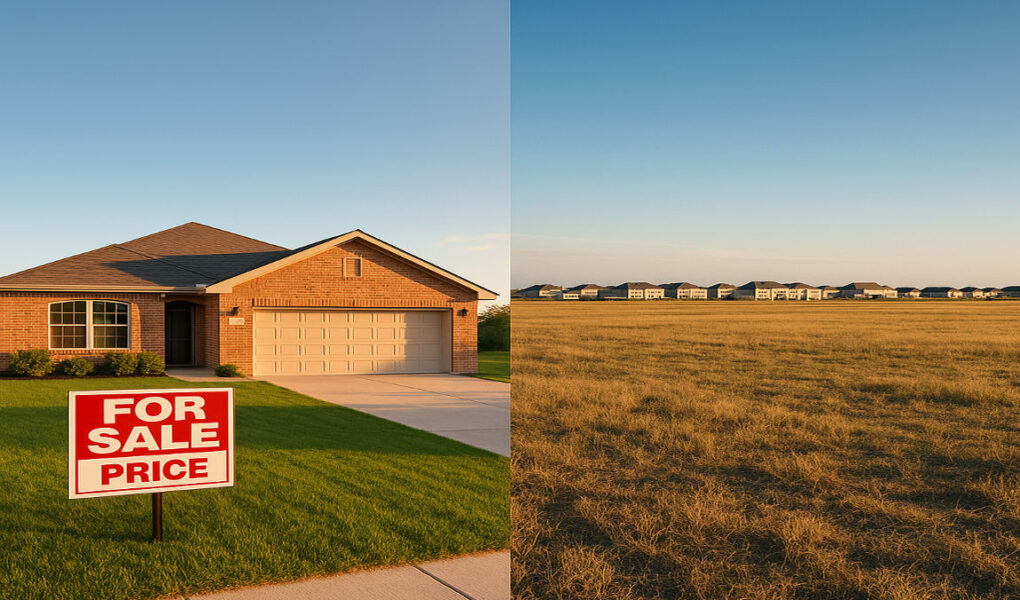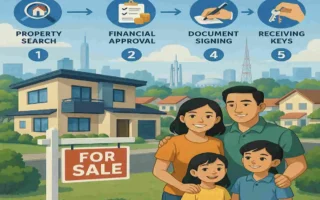Have you ever wondered, “Why are houses in Texas so cheap?” If so, you’re not alone. Texas has become a hot topic in real estate, with affordable housing being one of its standout features. While most states grapple with skyrocketing home prices, Texas remains an anomaly, offering some of the most affordable homes in the country.
In 2025, the Texas housing market stands out, not just for its affordability but also for its resilience and growth. Whether you’re a first-time buyer, an investor, or just curious about housing trends, understanding why Texas houses are so affordable can help you make informed decisions.
We’ll also dive into regional variations, challenges, and tips for navigating this dynamic market. By the end, you’ll have a comprehensive understanding of why Texas homes remain a bargain compared to other states.
Overview of the Texas Housing Market

Current State of the Texas Housing Market in 2025
The Texas housing market is thriving in 2025. Home prices, while increasing slightly over the past few years, are still significantly lower than the national average. According to recent data, the median home price in Texas hovers around $325,000, compared to the U.S. average of $428,000.
Texas’s affordability isn’t limited to one city or region. From major urban centers like Houston and Dallas to smaller towns like Lubbock and Waco, housing prices remain accessible for the average buyer.
Population Growth and Its Impact
Texas is one of the fastest-growing states in the United States, with a population exceeding 30 million people. Major cities like Austin, Dallas, and Houston attract newcomers daily due to their job opportunities, cultural appeal, and lower cost of living. Surprisingly, despite this population boom, the state has managed to sustain affordable housing prices.
Economic Overview
Texas boasts a diverse and robust economy. Industries such as oil and gas, technology, healthcare, and manufacturing drive job growth, resulting in steady demand for housing. This economic strength ensures that, as demand increases, the supply of homes can keep pace, thereby keeping prices in check.
Urban vs. Rural Housing Prices
While Texas homes are affordable overall, there’s a noticeable difference between urban and rural areas. Cities like Austin have seen rising prices due to the growth of the tech industry, while rural areas and smaller towns remain highly affordable. This balance makes Texas attractive for both city lovers and those seeking quieter, more affordable lifestyles.
Key Factors Explaining Why Houses in Texas Are So Cheap
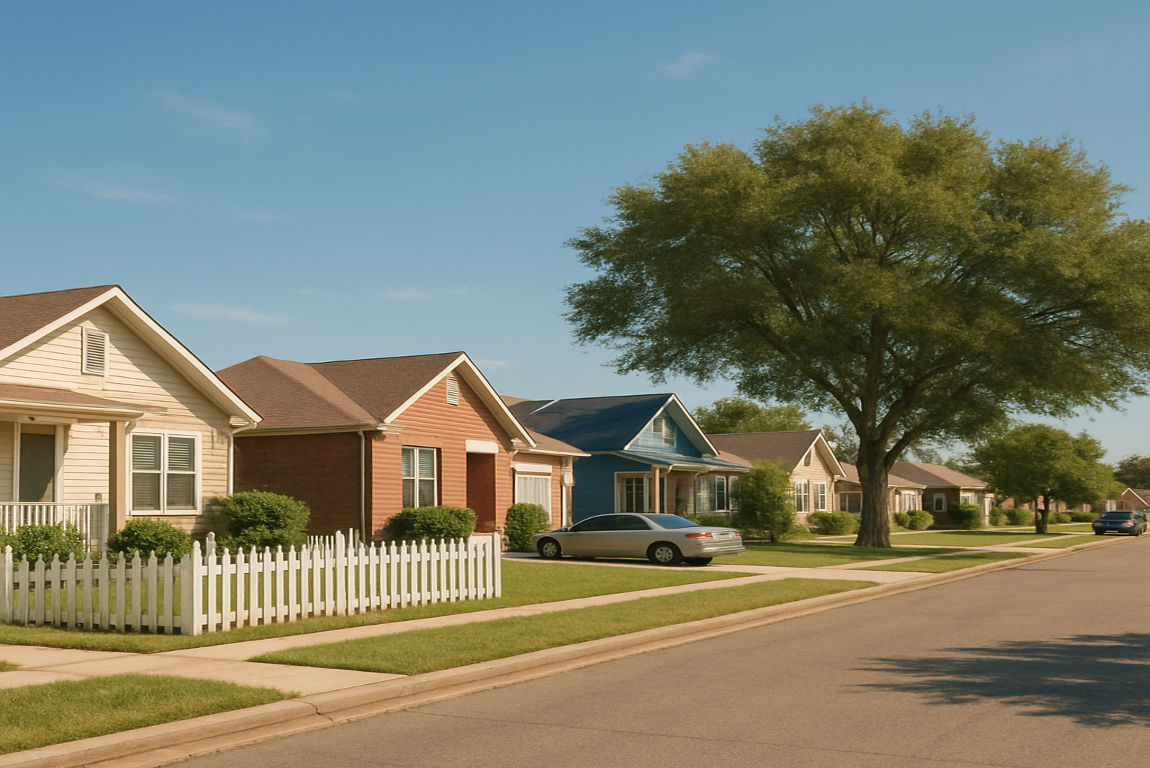
Understanding the affordability of Texas housing requires a closer look at the factors driving this trend. Below are the six key reasons why Texas homes remain a bargain.
You may also read (how much house can i afford with a 90k income).
Abundant Land Availability and Lower Land Costs
Texas is huge—covering over 268,000 square miles, it’s the second-largest U.S. state. Unlike densely populated states such as California or New York, Texas has a vast amount of undeveloped land, which allows for more housing developments to be built.
- Plentiful Land Supply: With so much land available, developers can build homes without the constraints of limited space.
- Lower Land Costs: Land in Texas is cheaper compared to coastal states, where scarcity drives up prices.
For example, while an acre of land in California can cost over $300,000, the same land in Texas might cost less than $30,000. This affordability directly impacts housing prices, making homes more accessible for buyers.
Less Restrictive Zoning and Building Regulations
Texas is known for its lenient zoning laws and building codes, which facilitate faster and more cost-effective construction.
- Fewer Regulations: Unlike states with strict zoning laws, Texas allows for flexible land use. Builders face fewer obstacles, reducing costs and timeframes.
- Comparison with Other States: In California, for example, stringent building regulations can add tens of thousands of dollars to the cost of construction. Texas avoids these added expenses, which helps keep housing prices low.
This regulatory environment encourages developers to build more homes, helping meet demand and maintain affordability.
Strong Economic Growth and Job Opportunities
Texas’s economy is a powerhouse driven by industries like energy, technology, and healthcare.
- Booming Industries: Cities like Austin (tech), Houston (oil and gas), and Dallas (finance) are hubs of economic growth.
- Population Influx: Job opportunities attract people from across the country, yet the housing supply manages to keep up with demand.
This balance between supply and demand is key. Unlike states where demand exceeds supply, causing price spikes, Texas maintains a steady equilibrium, keeping homes affordable.
Population Growth and Housing Demand Dynamics
Texas’s population has grown by over 4 million people in the last decade, yet housing prices remain stable. How?
- Dynamic Housing Supply: Developers in Texas respond quickly to population growth by building new homes, ensuring there’s enough supply to meet demand.
- Migration Patterns: Many people moving to Texas come from states with higher housing costs, making Texas homes seem like a steal in comparison.
This responsiveness to demand prevents housing shortages and keeps prices from spiraling out of control.
Lower Construction Costs and Housing Types
The cost of building a home in Texas is significantly lower than in many other states.
- Labor and Material Costs: Labor in Texas is more affordable, and material costs are also lower due to the state’s central location and efficient supply chains.
- Housing Types: Texas favors single-family homes and suburban developments, which are cheaper to build compared to urban condos in cities like San Francisco or New York.
Moreover, volume builders in Texas use cost-saving techniques to construct homes efficiently, passing these savings on to buyers.
Mortgage Rates and Financing Environment
Finally, mortgage rates and financing options play a significant role in Texas’s affordability.
- Low Mortgage Rates: Even as interest rates fluctuate, Texas buyers benefit from competitive mortgage rates.
- Financing Options: Texas offers various programs for first-time buyers, making homeownership accessible.
- Cultural Preference for Homeownership: Texans prioritize owning homes, which drives demand but also encourages developers to cater to this preference.
Regional Variations Within Texas Housing Market
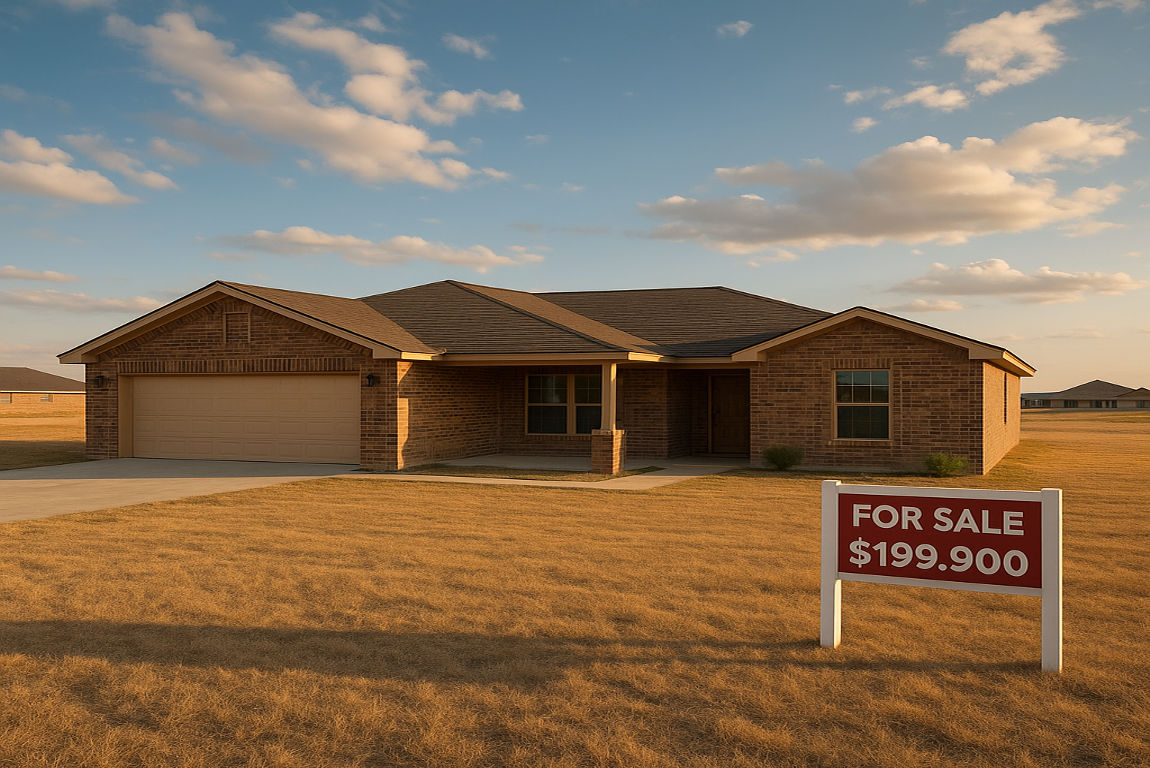
While Texas is affordable overall, housing prices can vary significantly depending on the region.
City/RegionMedian Home Price (2025)Key Factors
Austin $450,000 Tech boom, high demand
Dallas $375,000 Diverse economy, suburban growth
Houston’s $350,000 Energy hub, plentiful housing supply
San Antonio $300,000 Affordable, family-friendly
Rural/Suburban Areas $200,000 – $275,000 Low land costs, slower population growth
In cities like Austin, rapid job growth has driven up prices, while areas like San Antonio and rural regions remain affordable.
Challenges and Future Outlook for Texas Housing Affordability
While Texas remains affordable, challenges loom on the horizon.
You may also read (is there a reason why my house).
Supply Constraints
- Urban Land Scarcity: In cities like Austin, available land is becoming limited, pushing prices higher.
- Labor Shortages: A lack of skilled construction workers could slow down new developments.
Rising Demand
- Migration Pressures: As more people move to Texas, demand could eventually outpace supply, especially in urban areas.
- Infrastructure Strain: Rapid population growth may strain existing infrastructure, impacting livability.
Future Trends
Experts predict that while affordability will remain a hallmark of the Texas market, certain regions may experience price surges. Advances in construction technology could help address supply issues, ensuring the state remains a real estate hotspot.
Tips for Buyers and Investors Navigating Texas’s Affordable Market
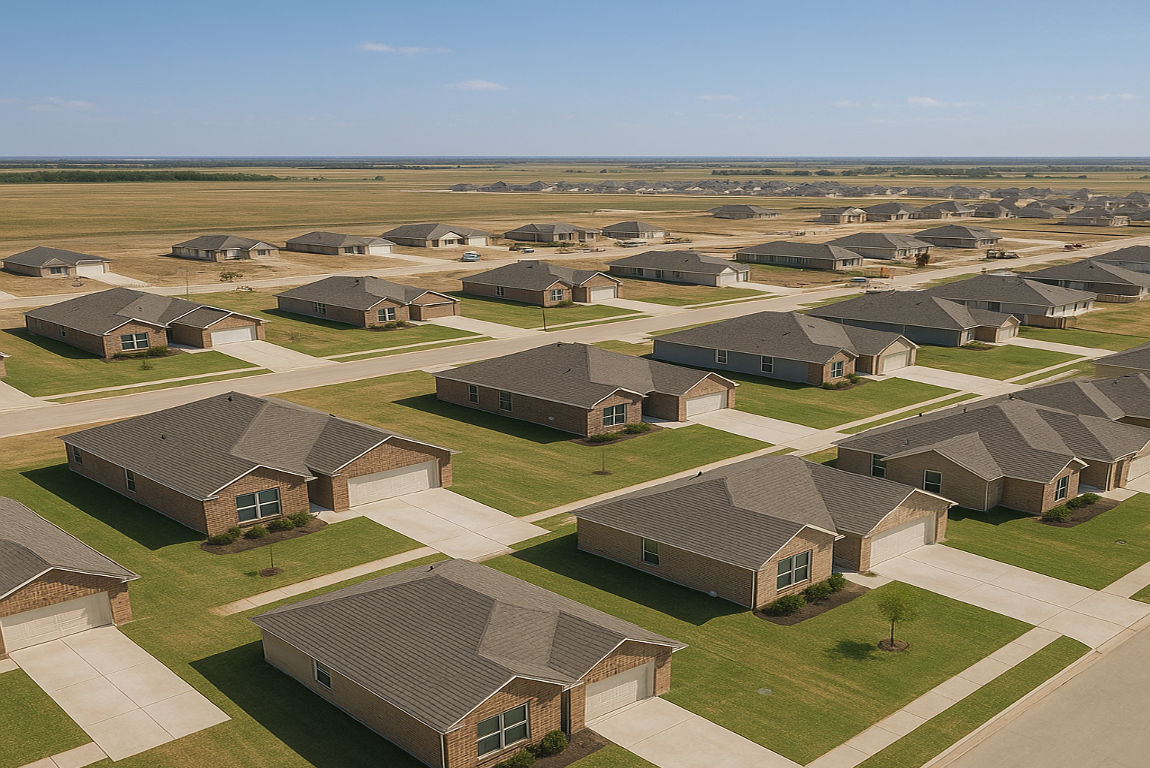
If you’re considering buying or investing in Texas real estate, here are some tips:
- Research Neighborhoods: Focus on areas balancing affordability and growth potential.
- Leverage Technology: Use virtual tours and AI tools to evaluate properties remotely.
- Understand the Market: Stay informed about local trends and economic indicators.
- Work with Experts: Partner with local real estate agents who understand the nuances of the market.
You may also read (understanding unemployment income in home purchases).

